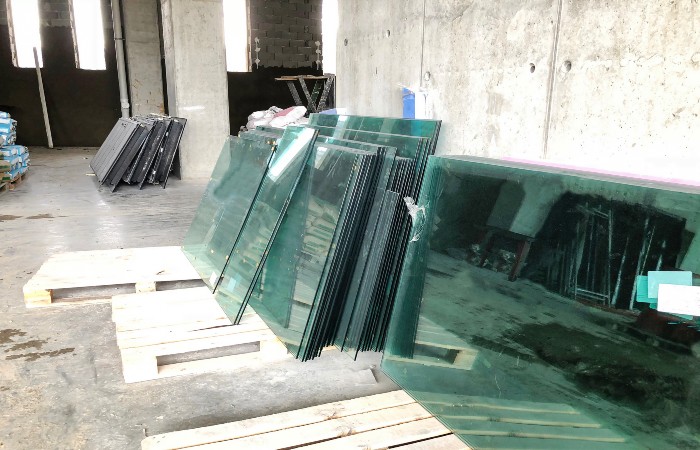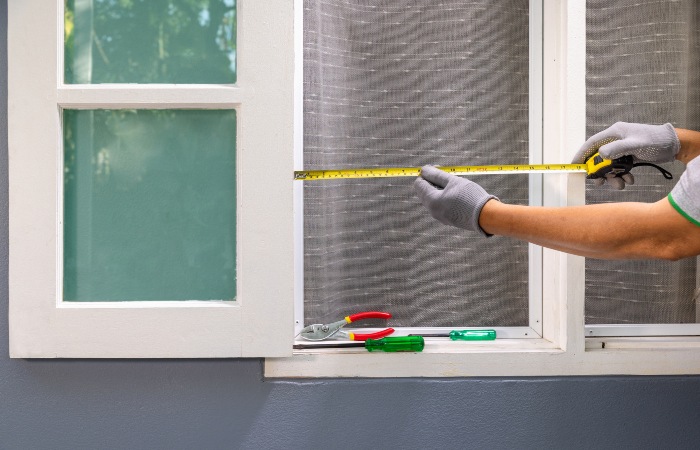What to Know about Sliding Glass Door Sizes
Sliding glass doors are an elegant and practical choice for many homeowners, blending the boundaries between indoors and out while allowing natural light to flood into living spaces. These doors not only enhance the aesthetic appeal of a home but also provide functional benefits like easy access to outdoor areas and efficient use of space. Whether you’re considering a renovation project or building a new home, it’s important to understand the standard sizes, factors affecting size selection, custom sizing options, and how size impacts price. Here’s what you need to know about sliding glass door sizes.

Standard Sizes of Sliding Glass Doors
Sliding glass doors come in a variety of sizes to accommodate different architectural designs and space requirements. The most common standard sizes for residential sliding glass doors are:
- 60 inches (5 feet) wide by 80 inches (6 feet 8 inches) tall
- 72 inches (6 feet) wide by 80 inches (6 feet 8 inches) tall
These dimensions refer to the total opening size, which typically includes two panels, one fixed and one that slides. For larger openings, doors can come in sizes such as:
- 96 inches (8 feet) wide by 80 inches (6 feet 8 inches) tall
- 144 inches (12 feet) wide by 80 inches (6 feet 8 inches) tall
These larger sizes often include more panels, some of which may be operable.
Factors Influencing the Size Selection
Several factors influence the selection of sliding glass door sizes, including:
- Space and Layout: The size of the room and its layout will determine the maximum size of the sliding glass door that can be accommodated. Larger rooms can support wider doors, enhancing the view and accessibility.
- Architectural Style: The architectural design of your home may dictate a particular size or style of sliding glass door to complement its aesthetics.
- Functionality: Consider how the space around the door will be used. For example, if the door opens onto a small balcony, a smaller door may be more appropriate than a large one that occupies more space.
- Energy Efficiency: Larger glass panels can result in greater heat loss or gain. Selecting the right size and glazing options is important for maintaining energy efficiency.
Custom Sizing Options
For those who require a size that deviates from standard offerings, custom sliding glass doors are an option. Custom doors can be made to fit any opening size, providing flexibility in design and ensuring a perfect fit for unique spaces. However, it’s important to note that custom sizing can significantly increase the cost of sliding glass doors.
Measurement Guide
When measuring for a sliding glass door, it’s important to ensure accuracy to avoid installation issues. Follow these steps:
- Measure the Width: Measure the width of the opening at the top, middle, and bottom. Use the smallest measurement to ensure the door will fit.
- Measure the Height: Measure the height of the opening at the left, middle, and right. Again, use the smallest measurement.
- Check for Squareness: Measure diagonally from each top corner to the opposite bottom corner. The two measurements should be the same. If they’re not, adjustments may be needed to ensure a proper fit.
It’s also advisable to consider the depth of the track and ensure there is enough room for installation.
Impact of Size on Price
The size of a sliding glass door has a direct impact on its price. Larger doors require more materials and are often more complex to manufacture and install, leading to higher costs. Custom sizes and additional features like energy-efficient glazing, built-in blinds, or impact-resistant glass can also add to the overall price. When selecting a sliding glass door, balancing the desired size and features with your budget is important.
In conclusion, choosing the right size for a sliding glass door involves considering standard sizes, the factors influencing size selection, custom sizing options, accurate measurement, and the impact of size on price. By understanding these aspects, homeowners can make informed decisions that enhance the functionality, aesthetics, and value of their homes. Whether opting for a standard size or a custom solution, the right sliding glass door can transform a space, merging indoor comfort with the beauty of the outdoors.

Call Baker Glass
If you need more information about sliding glass doors, whether about pricing, sizing, or installation, contact Baker Glass today. We have been Northeast Florida’s best choice for glass installation and replacement since 1993. A locally owned company, we have satisfied thousands of customers with our commitment to customer service, highest quality materials, and expert installation.
““

